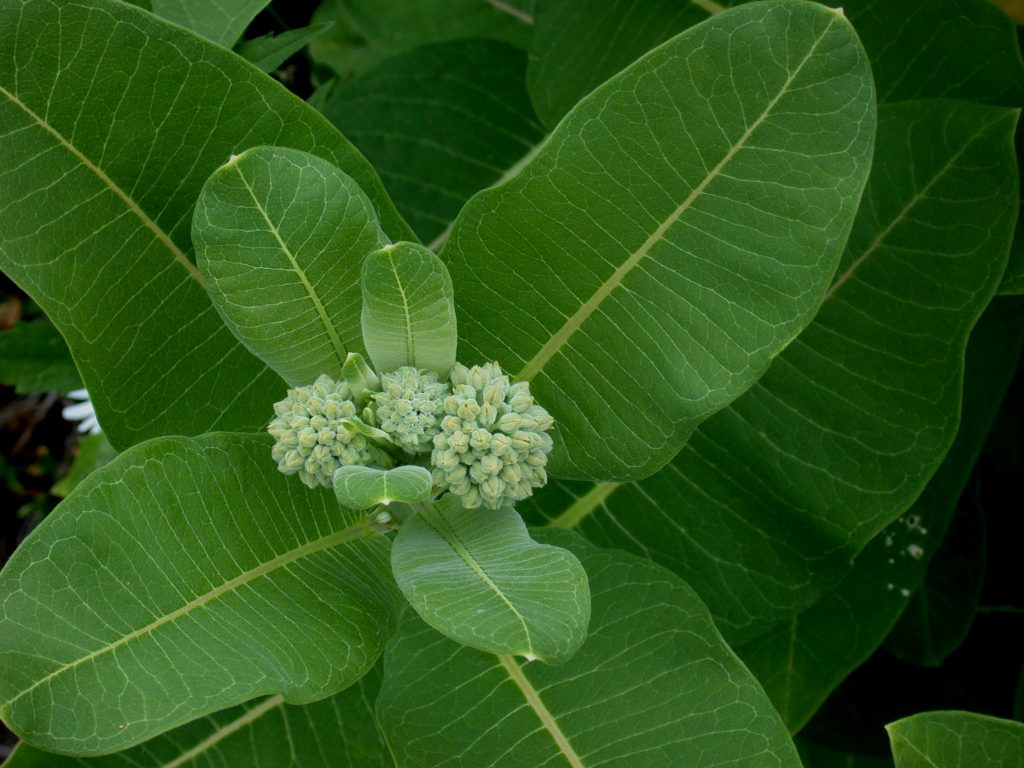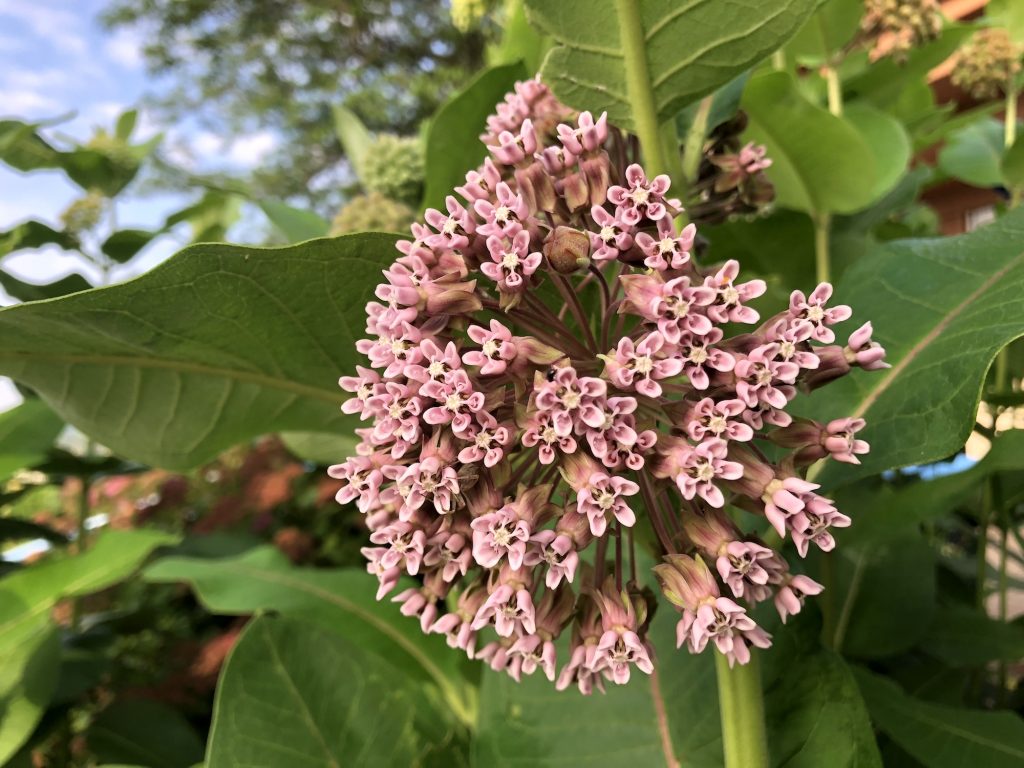Milkweed Is Wisconsin’s ‘Plant Species of The Year’
Designation announced by state DNR. Butterflies would surely agree.

Laval University, CC BY-SA 4.0 via Wikimedia Commons
Take a bow, milkweed.
The Wisconsin Department of Natural Resources has named milkweed its “Plant Species of the Year.”
There are 13 native milkweed species in Wisconsin. Five of those are endangered or threatened, according to the DNR.
Milkweed is essential for monarch butterflies. It’s the only plant monarchs lay eggs on, and it’s the only plant its caterpillars eat. Having the plant available in areas where the butterflies reproduce is critical for the species survival as their population has been on the decline for years.
“Monarch butterflies face several major threats, including habitat loss, pesticides and climate change,” Jay Watson, Wisconsin DNR insect ecologist, said in a statement. “Planting milkweed can help create habitat for monarchs, other butterflies and bumble bees.”
Every fall, the monarchs migrate to Mexico for the winter. A 2024 survey by the World Wildlife Foundation of the eastern monarch butterfly population estimated the population wintering in Mexico took up 2.2 acres during the 2023-2024 season — 59 percent less than during the 2022-23 season.
However, the population nearly doubled last winter, according to the latest survey.
“While it’s wonderful news that the monarch population increased this year, their numbers are still down by 80 percent overall and remain just one-third the size needed to avoid migratory collapse,” Tierra Curry, a senior scientist at the Center for Biological Diversity, said in a statement. “Monarchs still need big help if we’re going to save these iconic butterflies from the double threat of climate change and pesticides.”

Common Milkweed by the Wingra Boathouse in Madison, Wisconsin. Photo courtesy David Williams, Authentic Wisconsin
Skye Bruce, the coordinator for the Wisconsin Monarch Collaborative, said that’s why planting more milkweed is so important for the insect.
“Planting milkweed is the No. 1 thing that we can do to help monarchs,” Bruce said.
A fact sheet from the Wisconsin Monarch Collaborative said the plants can vary in height and color. But all milkweed plants have a “distinctive milky sap, smooth-edged leaves, and woody pods that contain hundreds of silky haired seeds,” according to the fact sheet.
“Their flowers are very unique — five petals fold downward, exposing a crown of hoods and horns that surround the flower’s reproductive parts containing nectar and pollen,” according to the fact sheet.
Bruce said different milkweed species can thrive in different landscapes.
“So you can have milkweeds that enjoy a little bit more shade, but most milkweeds really like sunny areas,” Bruce said.
Bruce said she often gets asked what milkweed species someone should plant based on where they live in Wisconsin.
“The answer to that question really depends on the type of soil that you have and the amount of sun exposure that you have,” she said. “The best milkweed species for you is the one that thrives in your soil.”
Swamp or rose milkweed like wetter areas, while woolly and green flowered milkweed don’t need a lot of water.
“Monarchs are going to lay eggs on milkweed that is doing well in its environment,” Bruce said. “So we really just want to find the milkweed that’s best for the people and the landscape.”
The village of Elm Grove is only 3.3-square-miles in size. But a “Monarch Map” shows 305 locations where homeowners and businesses have planted milkweed on their property in the village.
Nicci Sternitzky, the chair of the Elm Grove beautification committee, said the goal is to grow that number to 400 properties this year.
“There’s definitely a milkweed for whatever condition you have in your yard,” Sternitzky said.
“Milkweed can be … a little finicky to get established, but once established, (it) is pretty easy to grow,” she added.
For people who aren’t able to plant it in their yard, milkweed can also be grown in a container, Sternitzky said.
Monarch butterflies breed in Wisconsin in the spring and summer, the DNR statement said.
“Once a monarch reaches adulthood, they may still use milkweed for nectar, but a variety of native plants that bloom from spring to fall are also important,” according to the DNR.
The Southern Wisconsin Bird Alliance has tips on how to grow milkweed here.
Wisconsin Department of Natural Resources names milkweed its ‘plant species of the year’ was originally published by Wisconsin Public Radio.
If you think stories like this are important, become a member of Urban Milwaukee and help support real, independent journalism. Plus you get some cool added benefits.





















